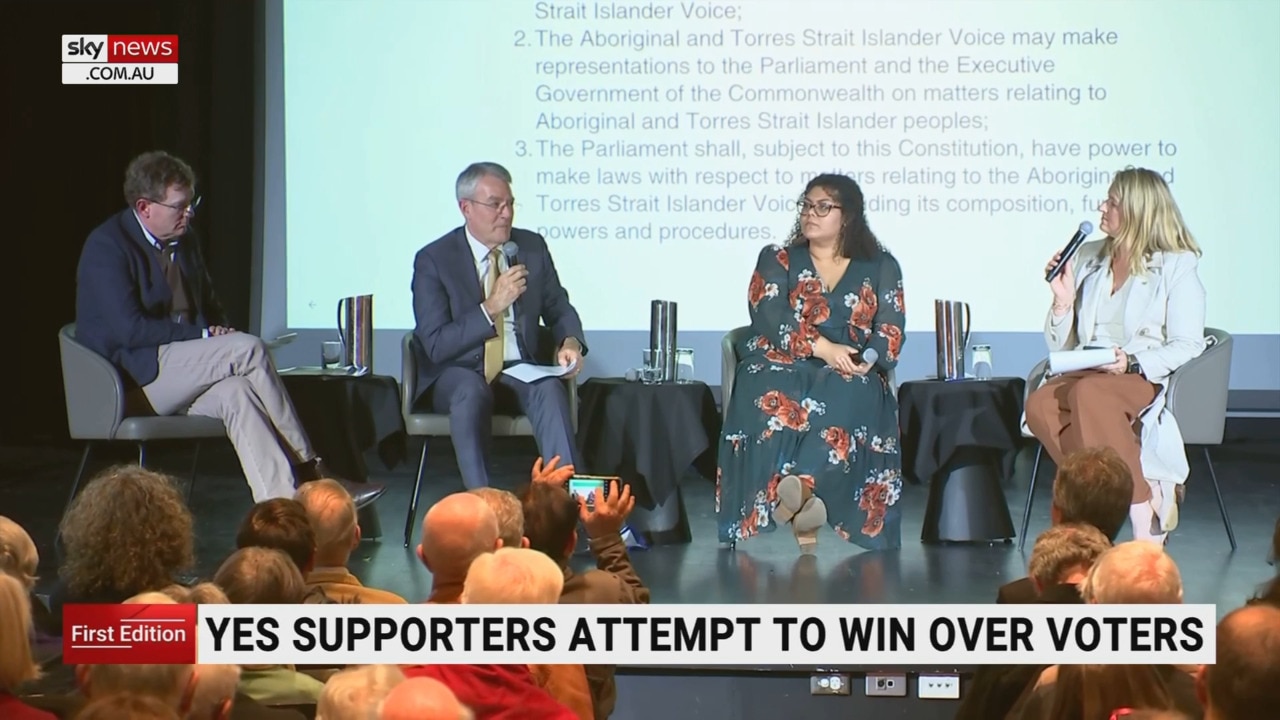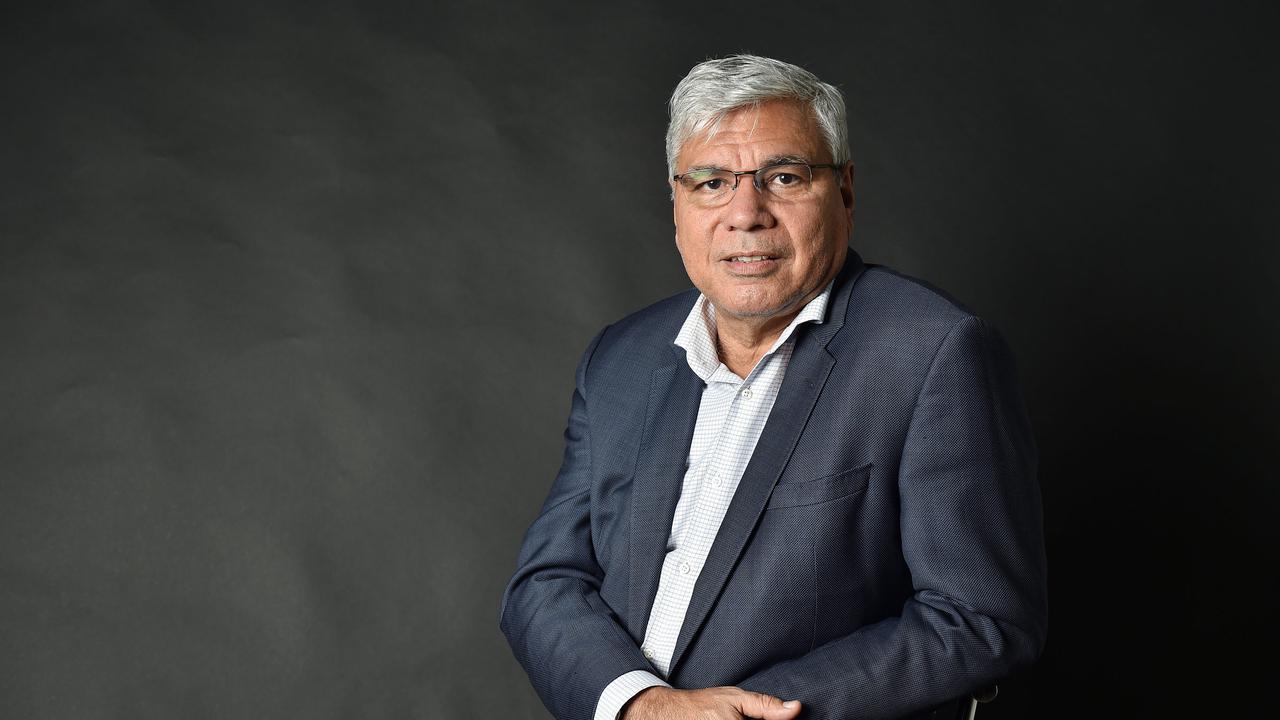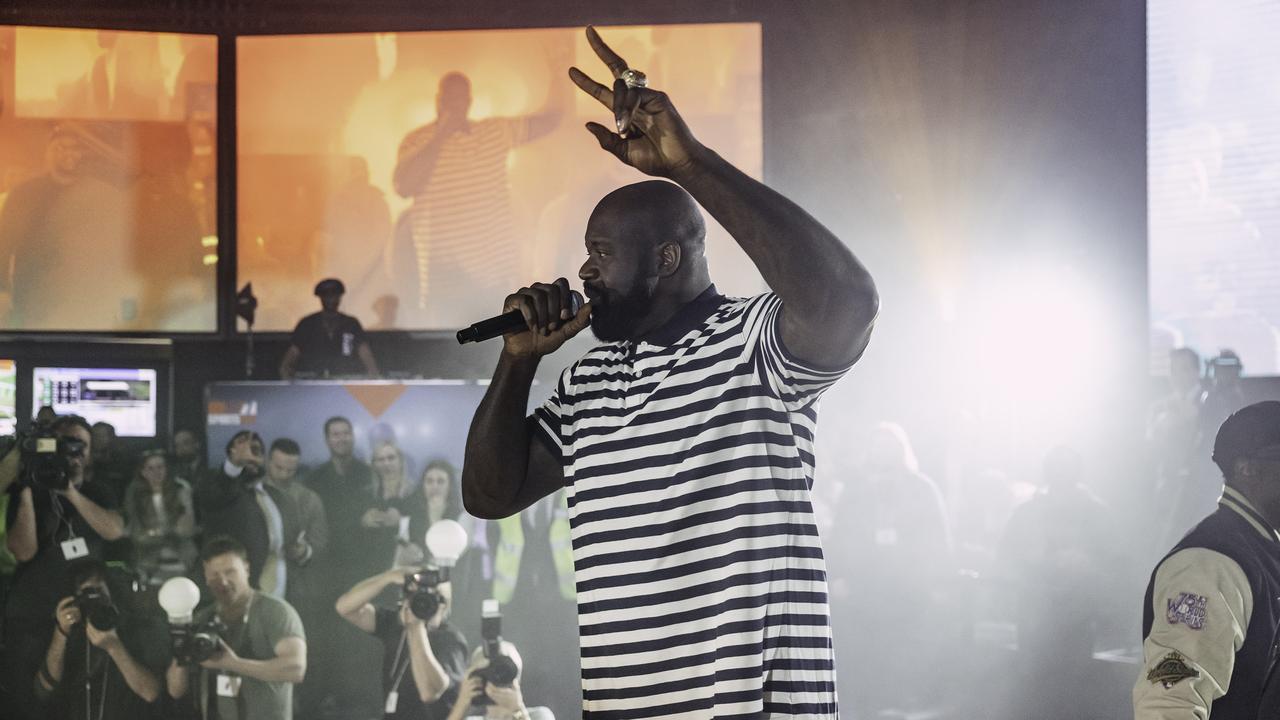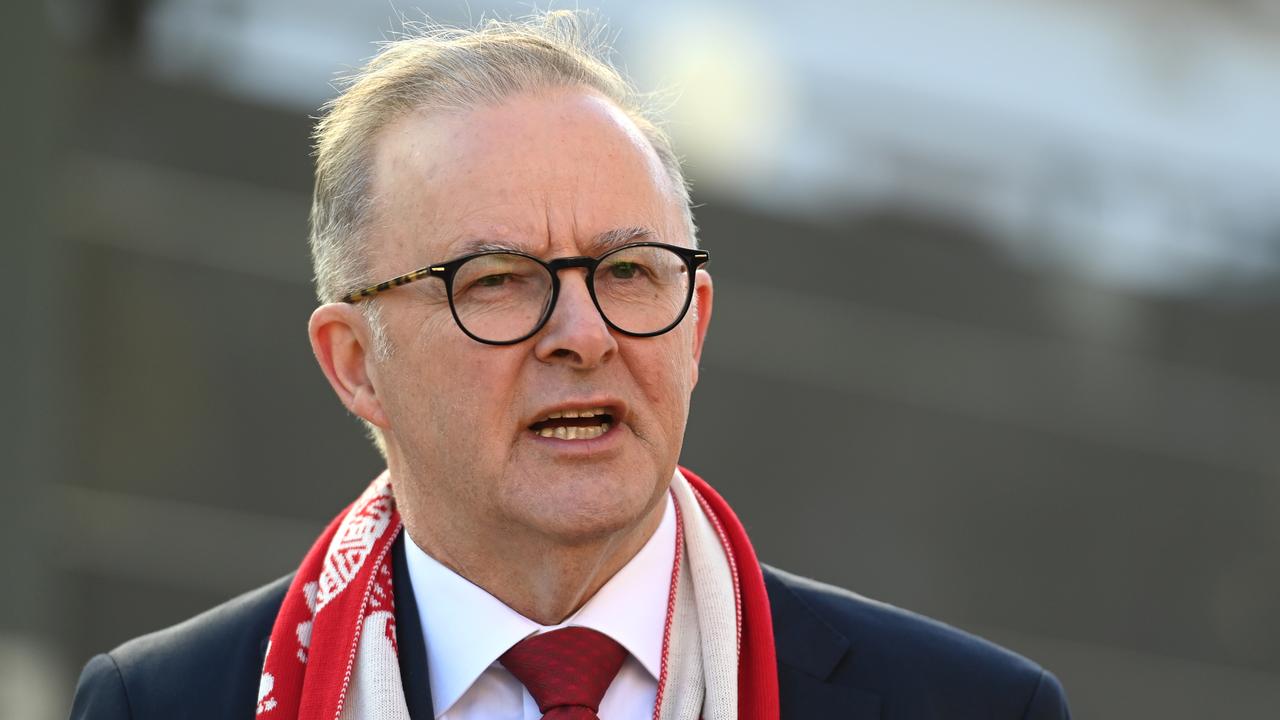Real story behind plummeting voice support
A graph showing the social media spend in each state by the Yes and No campaigns reveals the real story.

A graph showing the social media spend in each state by the Yes and No campaign for the Indigenous voice to parliament shows a clever tactic that could explain why support for the Yes side is plummeting in the polls.
The move, set to go to a referendum later this year, will enshrine an Aboriginal and Torres Strait Islander ‘voice’ in the Constitution if successful.
In March, the Prime Minister revealed the wording of the referendum question and made an impassioned plea to all Australians to support it.
However, a Newspoll survey published in The Australian on Monday, showed support for Voice is plummeting, with just 43 per cent in favour, 47 per cent opposed and 10 per cent undecided.
It is the first lead the No campaign has held in the Newspoll.
Queensland, Western Australia, South Australia and Tasmania all returned a majority No response, with only Victoria and NSW likely to deliver majorities for the Yes case, according to the poll.
ABC data journalist Casey Briggs shared a graph of Facebook advertising campaign spending across the states by Fair Australia, the team behind the No campaign, and Yes 23, the team behind the Yes campaign.
It showed while the Yes campaign is advertising roughly evenly across the states, the No campaign is clearly targeting its money more strategically.
For example, in Queensland, the Fair Australia page is spending more than double the Yes23 page, while in Victoria, the reverse is true.
ICYMI: The No campaign has spied a path to victory and is strategically spending its advertising budget on the four smallest states https://t.co/tH92syI5yopic.twitter.com/kKnomvcRg2
— casey briggs (@CaseyBriggs) June 26, 2023
South Australia, Western Australia and Tasmania are also being heavily targeted by the No campaign.
For a referendum to be successful, the Yes vote must receive a majority of voters across a majority of states.
Warren Mundine, a leading advocate for the No campaign, confirmed to the Radio National Breakfast program that this was precisely his side’s strategy.
“For us, it’s sensible, because they have to have the double whammy of a majority plus a majority of states,” he said.
“All we’ve got to do is pick up three states and that’s the end of the referendum.
“We will be targeting four states mainly … we’re feeling very confident at this stage, but there’s a hell of a long way to go yet.”

Professor of Law at the University of New South Wales, George Williams told news.com.au even if the No campaign loses the national vote it only needs the win a majority in three states to see the proposal rejected.
“One proposal in 1977 received 62 per cent national Yes vote, but still failed because three states voted No,” he said.
“Given this, it makes sense for the No case to concentrate their resources in three states most likely to vote No whereas the Yes campaign needs to spread its resources more thinly to convince the nation as a whole to vote Yes and Yes in four states.”
Prof George said the polls had tightened because the No campaign had “followed the path of other successful No cases in seeking to muddy the waters and generate concern in the community, even where this is not reflected in the wording of the change”.

“Where Australians are unsure or confused, they overwhelmingly tend to vote No,” he said.
He warned against celebrity endorsements, favoured by the Yes campaign. He said they can be “counter productive because they run against the idea that it is a people’s proposal championed from the grassroots of the nation”.
But Prof George said there was “a lot of water yet to go under the bridge” and the Yes campaign couldn’t be written off.
Eric Abetz from the Australian Monarchist movement who is advocating for the No vote said “targeted funding” was a clever strategy.
“The No campaign has been deliberately stifled by the government, it is not the beneficiary of woke company gifts or self-appointed elites signalling their support often without any authorisation from their base, for example the AFL,” he told news.com.au.
He compared the Voice campaign to the Republic campaign in 1999.
“At first the Australian people offered support for the voice until they were told what it would actually mean and do in practice,” he said.
“This was the experience with the Republic campaign in 1999. It would not surprise me if the Australian people did the same in 2023 with the voice.”

The funding reveal comes as Labor MPs warn the push for an Indigenous voice to parliament is faltering and the No campaign is outmanoeuvring supporters of constitutional change..
Senior sources told The Australian they were getting nervous about the slipping of support and urged for greater campaign activity in coming weeks, including doorknocking, signage and mass mailouts urging people to donate and join the Yes campaign.
Brisbane MP Graham Perrett said while he had received a “very positive” response in some suburbs, including Sherwood, door knocking in places like Graceville had yielded more of a No than a Yes response from residents.
“The No (campaign) has been out of the blocks quick and loud, so the Yes campaign has a lot of explaining and groundwork to do,” he said.
The voice referendum question
Later this year, Australians will be asked in a referendum: “A Proposed Law: to alter the constitution to recognise the First Peoples of Australia by establishing an Aboriginal and Torres Strait Islander voice. Do you approve this proposed alteration?”
If a majority of Australians vote in favour of the Voice, the Constitution would be amended as follows:
1. There shall be a body, to be called the Aboriginal and Torres Strait Islander voice;
2. The Aboriginal and Torres Strait Islander voice may make representations to the parliament and the Executive Government of the Commonwealth on matters relating to Aboriginal and Torres Strait Islander peoples;
3. The parliament shall, subject to this Constitution, have power to make laws with respect to matters relating to the Aboriginal and Torres Strait Islander voice, including its composition, functions powers and procedures.
carla.mascarenhas@news.com.au






